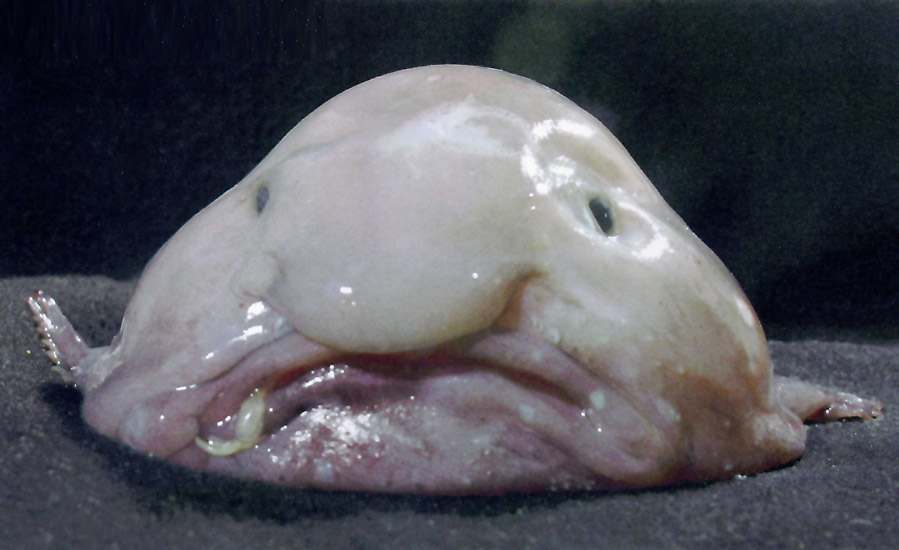Want a “greener” holiday season? Save money while still giving thoughtful and personalized gifts? USEE’s Intern Amanda has come up with some tips to reduce your environmental impact and help make your money go further this holiday season.
10 tips to save money, get creative and stay green during your holiday season:
- Send Christmas cards online. Save the paper and postage this year by using free sites like All Things Christmas, Punchbowl and 123Greetings. With e-cards you can still attach a personal message and pictures of the kids, dogs, or whole family. It’s a great way to show a loved one you are thinking of them this holiday season.
- Deck your halls with LED lights. When it comes to string lights, LED are the way to go. They use much less energy than the alternatives. Most new trees already come with LED lights.
- Plan before you shop. Know who you are shopping for and an get an idea of what they would like. If possible, plan to go to one centralized location to minimize driving.
- Think outside the gift box. We all have newspaper scraps, old bits of fabric, baskets, jars, magazine pages, boxes, coffee cans, and more. Get creative and use what you have around the house to wrap a present; your family and friends will love the creativity and you will love the savings. Also consider using boxes or bags that can be re-used, like these “baxes” from Family Fun.
- Decorations. Whether it’s your first Christmas or your 20th, you can still get creative with your decorations. Use clay from the craft store, they usually have kits for this, or buttons, ribbon, colored paper, colored popcorn balls (to be eaten Christmas day), go scavenger outside for acorns, berries and more. A simple can of glittery spray paint and you have festive ornaments or centerpieces. For more DIY creative ideas.
- Make your own gifts. Recently married, had a child or bought a new home? Make a simple scrapbook of some memorable pictures for parents and grandparents. Have an aunt who loves to cook? Give her a basket of the ingredients for her signature dish. Do you love canning? Make a basket of homemade jam and muffins or bread. Do your grandparents need help around the house? Make a coupon book for mowing the lawn, fixing a broken door, etc. A small and simple gift will be cherished for years to come.
- Buy local. Cooking up a feast for Christmas dinner? Look for what is in season, like root vegetables and citrus. If it is no longer growing season where you live and you can’t buy strictly local, try buying more local by choosing produce grown in California versus Chile, etc.
- Reuse your wrappings. The easiest way to go green on Christmas, get a box and fold and put away all wrapping, tissue and ribbon. Save it for next year, use it for another project or to wrap birthday presents for the coming year. If you don’t have the storage capacity to keep wrappings and ribbons, be sure to recycle what you can.
- Have fun. Enjoy Christmas, it’s a festive time to be spent with family. Take the train downtown to see the lights, or stay in and watch Christmas movies.
Happy Holidays

















